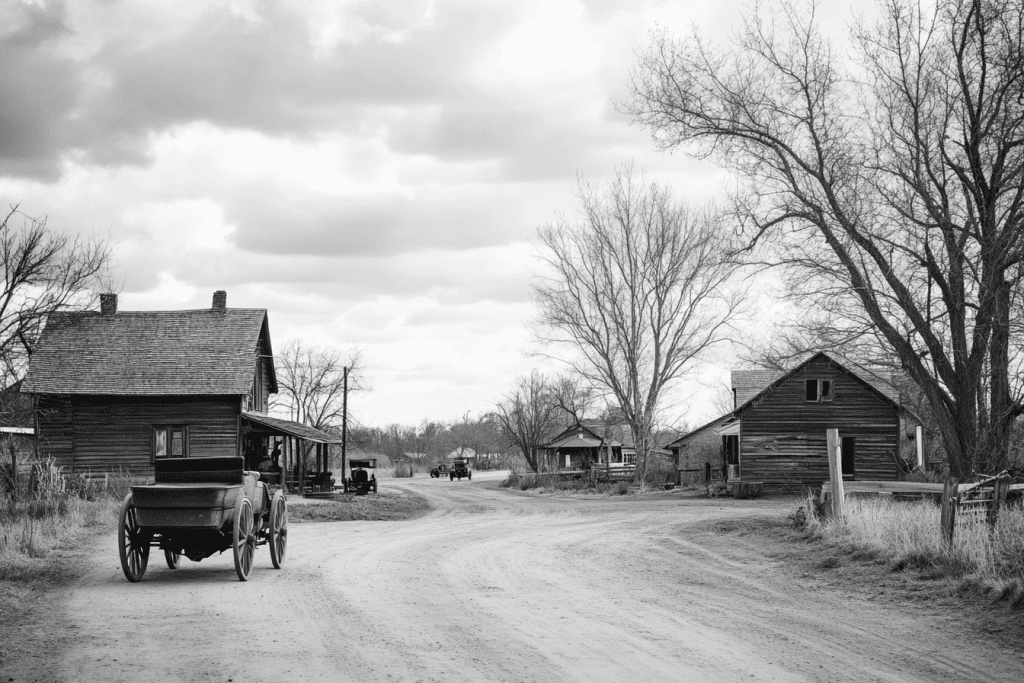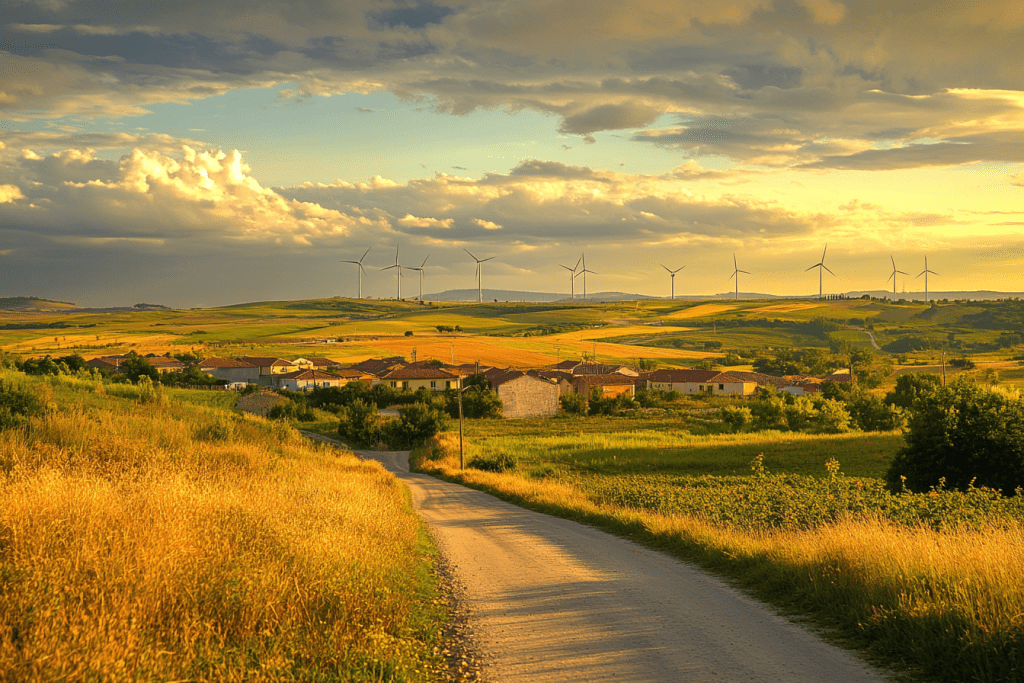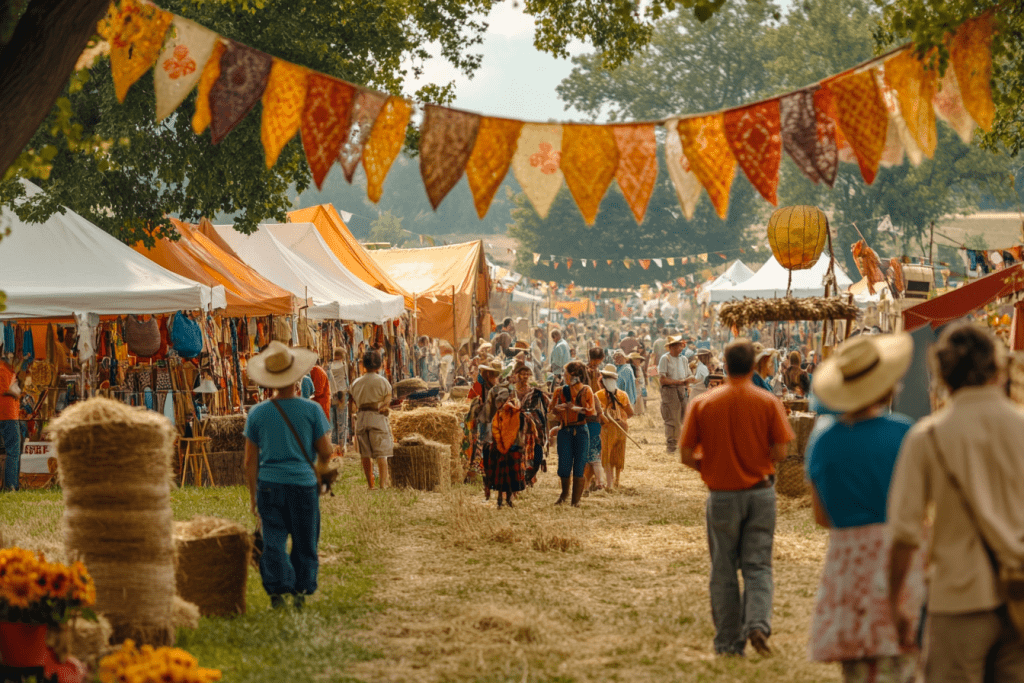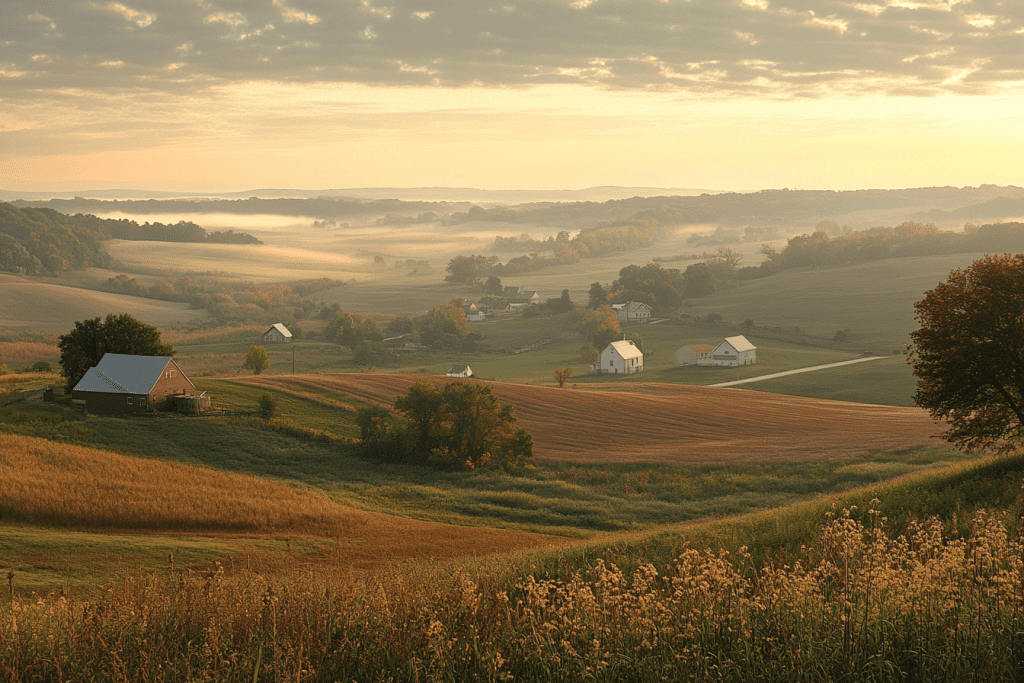Rural America, characterized by its sweeping landscapes and tight-knit communities, has long been a bastion of tradition and simplicity. These regions are often seen as the heart of American heritage, where values like hard work, family, and faith are deeply rooted.
However, as the world rapidly evolves with advancements in technology, shifts in population, and changing economic landscapes, rural communities face the complex challenge of preserving their rich cultural legacy while adapting to the pressures and opportunities that modernization brings. This balancing act is crucial for their continued vitality and relevance.

The Historical Backbone of Rural America
Historically, rural America has been the backbone of the nation, playing a crucial role not only in providing agricultural products and raw materials but also in shaping the cultural and moral fabric of the country. These small towns and rural areas have long been revered as the stewards of traditional American values—values deeply rooted in family, faith, and the ethic of hard work. However, over the years, these communities have faced significant challenges, including declining populations, economic hardships, and the lure of urbanization, which have threatened their very existence.
Despite these challenges, many rural communities have shown resilience, adapting to changing circumstances in innovative ways. This adaptation is not just about survival; it’s about finding new paths to thrive while still preserving the essence of what makes these places unique. As younger generations leave for opportunities in cities, those who remain are often forced to rethink the economic and social structures that once defined their communities. Agriculture, while still vital, is no longer the sole economic driver, and many rural areas are diversifying into areas like tourism, renewable energy, and small-scale manufacturing.
The decline in population has also led to a sense of urgency in preserving the cultural heritage of these areas. Festivals, historical reenactments, and the promotion of local crafts have become more than just community activities—they are now seen as vital efforts to maintain a connection to the past while forging a future. Additionally, the shift towards modernization, such as the introduction of high-speed internet and better infrastructure, has opened up new opportunities for economic growth, making it possible for rural areas to attract new residents and businesses.
In essence, rural America stands at a crossroads. The decisions made today will determine whether these communities can continue to uphold their traditional values while embracing the changes necessary for their survival and growth. It’s a delicate balance between honoring the past and innovating for the future, one that rural America must navigate carefully to ensure its continued place as the heart of the nation.

Technological Impact
The introduction of modern technology has indeed transformed rural areas in profound ways, bringing both significant advantages and notable challenges. On one hand, technology has opened up new opportunities for these communities, enabling remote work, which allows residents to stay in their hometowns while engaging in global economies. Access to online education has expanded learning opportunities, particularly for younger generations, helping to bridge the educational gap between urban and rural areas. Furthermore, advancements in telemedicine have vastly improved healthcare accessibility, allowing residents to receive specialized care without the need to travel long distances.
However, despite these benefits, the digital divide remains a persistent issue, posing a serious obstacle to fully realizing the potential of modern technology in rural regions. Many rural areas still lack the necessary infrastructure for reliable high-speed internet, which has become a cornerstone of economic development in the 21st century. This disparity not only hampers economic growth but also exacerbates social inequalities, as those without adequate internet access are left behind in education, healthcare, and business opportunities.
Efforts to address this digital divide are underway, with federal and state initiatives aiming to expand broadband access to underserved areas. However, progress has been slow, and many rural communities continue to struggle with the limitations imposed by inadequate technology infrastructure. The challenge moving forward is to ensure that these areas are not left behind in the digital age, but rather are empowered to fully participate in and benefit from the technological advancements that are reshaping the world.
In summary, while technology has the potential to revitalize rural America, the uneven distribution of its benefits highlights the need for continued investment in infrastructure to ensure that all communities can thrive in the modern era.
Infrastructure and Development
Modernization efforts have significantly impacted rural areas by introducing new infrastructure projects that are vital for economic development. Improved roads have enhanced connectivity, making it easier for residents and businesses to access markets and services. Renewable energy projects, such as wind and solar farms, have brought new revenue streams and jobs to these communities, while also contributing to environmental sustainability. Additionally, improved transportation links have facilitated the movement of goods and people, further integrating rural areas into the broader economy.
However, these developments often present a double-edged sword. While they are essential for growth, they can also threaten the preservation of the natural landscapes and historical sites that define the character and identity of rural communities. For instance, the construction of new infrastructure can disrupt scenic vistas, harm wildlife habitats, and encroach upon historical landmarks that hold significant cultural value. This tension between progress and preservation is a central challenge for rural areas as they navigate the path of modernization.
Communities are increasingly seeking ways to balance these competing priorities. This might involve careful planning and community engagement to ensure that development projects are designed in a way that respects the natural and historical heritage of the area. By doing so, rural America can continue to evolve and grow economically while maintaining the unique qualities that make it such a cherished part of the national identity.

Cultural Preservation
Amidst the sweeping changes brought by modernization, there is a growing and passionate movement within rural America to preserve and celebrate its rich cultural heritage. Communities are increasingly turning to festivals, local craftsmanship, and traditional farming practices as vital ways to keep the spirit of rural life vibrant and connected to its roots. These events and practices not only provide a sense of continuity and pride but also serve as educational experiences for younger generations and visitors alike, ensuring that these traditions are passed down and appreciated.
Furthermore, agritourism is becoming an essential part of this preservation effort, offering visitors a unique opportunity to experience the simplicity and authenticity of rural life firsthand. Through activities like farm stays, hands-on agricultural experiences, and tours of local artisans’ workshops, agritourism fosters a deeper understanding and appreciation of rural culture. This growing interest in agritourism is not only a means of economic diversification for rural communities but also a powerful tool for cultural education and preservation. By welcoming outsiders into their way of life, rural Americans can share their traditions, ensuring that the values and practices that have defined their communities for generations continue to thrive in the modern world.
The Future of Rural America
The future of rural America hinges on its ability to seamlessly blend modernization with the preservation of its deep-rooted traditions. By embracing advancements in technology, enhancing infrastructure, and safeguarding cultural heritage, rural communities can ensure their continued vibrancy and sustainability. Critical to this balance are initiatives that support and grow local businesses, promote sustainable farming practices, and improve access to education and healthcare. These efforts not only foster economic resilience but also help maintain the unique character and values that define rural life.
Furthermore, the integration of these elements requires a collaborative approach, involving both public and private sectors, as well as active community participation. Local governments and organizations play a vital role in driving these initiatives, whether through providing incentives for sustainable practices, facilitating access to technological resources, or preserving historical sites and local traditions. At the same time, community members are increasingly involved in grassroots efforts to protect their way of life, from organizing cultural events to advocating for better infrastructure.
This holistic approach ensures that rural America can adapt to the demands of the modern world while retaining the qualities that make it a vital part of the nation’s identity. As these communities continue to evolve, they serve as a reminder that progress does not have to come at the expense of tradition, and that with careful planning and commitment, both can coexist harmoniously.

Conclusion
Rural America stands at a pivotal moment, where the delicate balance between tradition and modernization will determine its future. By embracing technological advancements, improving infrastructure, and preserving cultural heritage, these communities can thrive amidst change. The success of rural areas hinges on local initiatives that support small businesses, promote sustainable farming, and enhance access to education and healthcare. As these regions navigate the complexities of the modern world, their ability to integrate progress with their rich traditions will ensure they remain vibrant and resilient, continuing to play a vital role in the nation’s fabric.
Read more on Rural America in this article: Rural America is Growing—Except Where It Isn’t
Brookings research: What’s in it for rural? Analyzing the opportunities for rural America in IIJA, CHIPS, and IRA


1 Comment